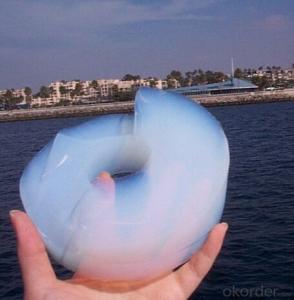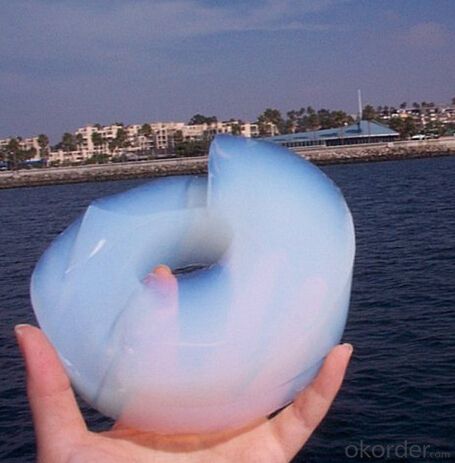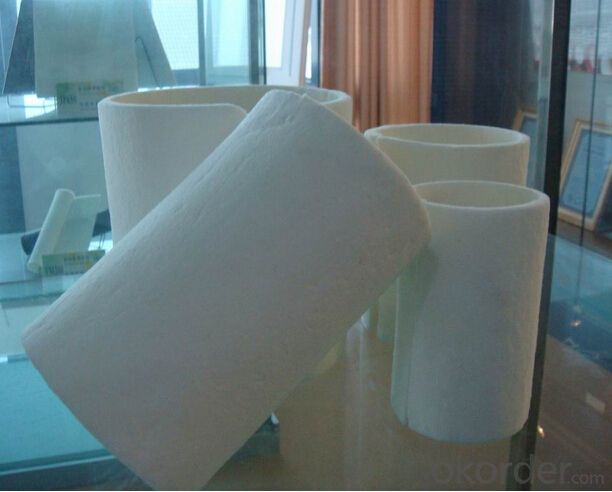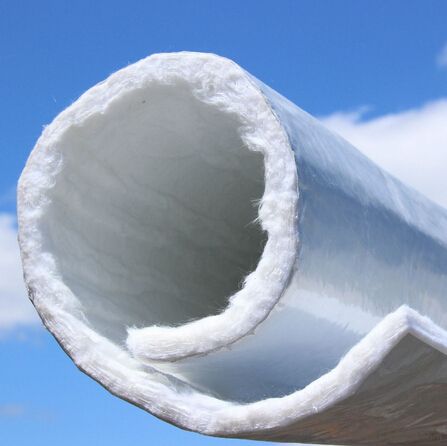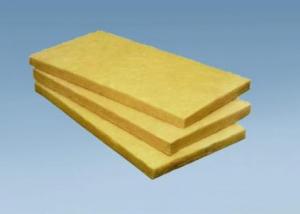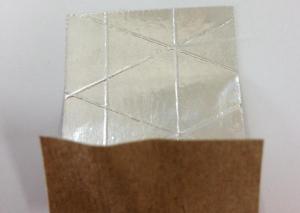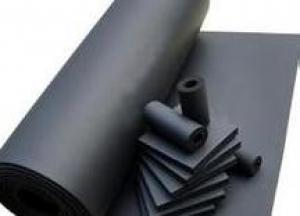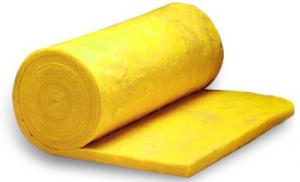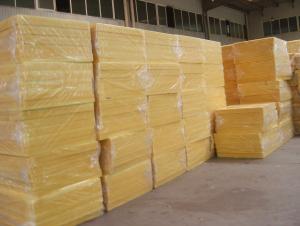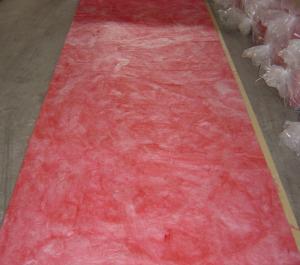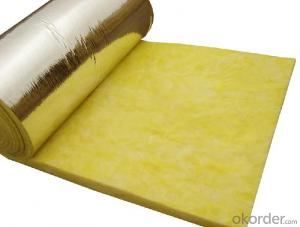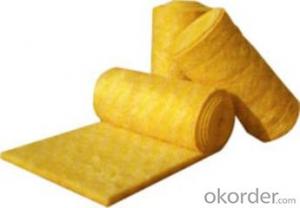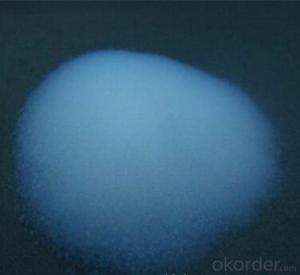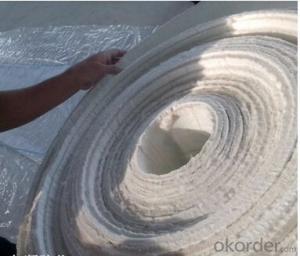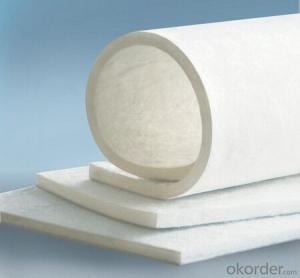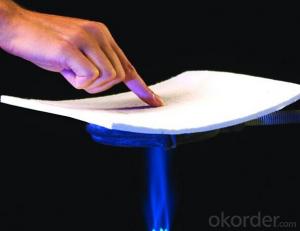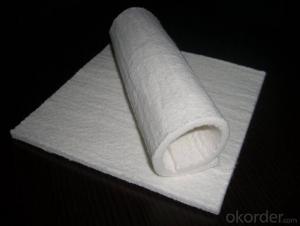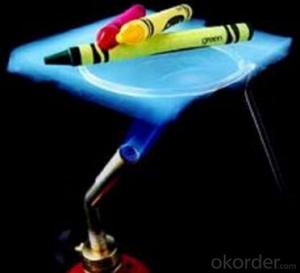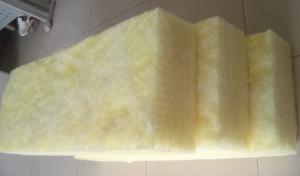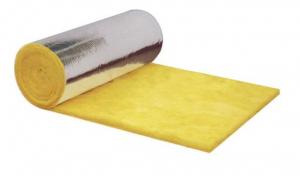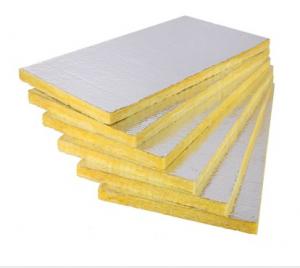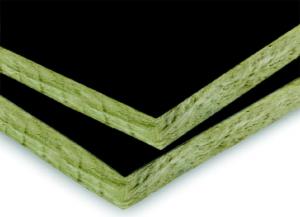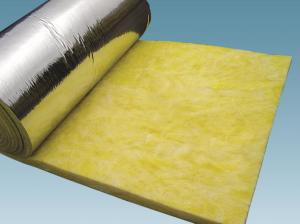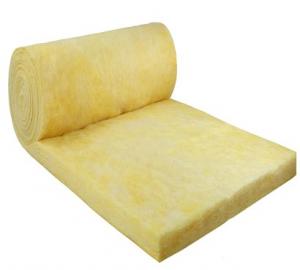Glass Wool Thermal Building Insulation Aerogel Insulation Felt/Blanket
- Loading Port:
- Tianjin
- Payment Terms:
- TT OR LC
- Min Order Qty:
- 10000 m²
- Supply Capability:
- 10000000 m²/month
OKorder Service Pledge
OKorder Financial Service
You Might Also Like
1.Description
Aerogel Insulation Felts
Using special nanotechnology, It combines a silica aerogel with reinforcing fibers to deliver very low thermal conductivity, low density and good flexibility in an environmentally safe product. It provides excellent properties of waterproof, sound absorption and shock absorption. It is an alternative to the common, environment unfriendly, inferior insulation products, such as PU, asbestos insulation felt, silicate fibers, etc.
2.Specifications
1.Superior Thermal Performance
2.Long service life
3.Environmentally Safe
4.Sound resistance
3. Advantages
(1).Superior Thermal Performance
The maximum use temperature is 1000℃,Its thermal conductivity is 1/3~1/5 of common insulators, helping reduce heat loss and optimizing space utility.
(2). Long service life
Unlike other traditional insulation materials, aerogel ’s three- dimensional, structure inhibits sintering warpage, and particles stack which may occur under hot temperature for long time. Therefore, aerogel insulation has long service life.
(3). Physically Robust:
It has flexibility and high tensile strength, resisting stretching and stress from linear contraction when temperature changes.
(4). Environmentally Safe:
Composed of inorganic materials, it contains no hazard. Stripping little chloridionm will cause no corrosion to the equipments and pipes.
Low and ultra-low temperature equipment and piping applications
Petrochemical, power equipment applications
(5). Easy to Install
Extremely low density (200kg/m3) contributes to easy-to-cut and easy-to-install.
4. Technical Standard
Property | Unit | Techicial Standard | |
(refractoriness) | ---- | A Grade | |
(Density) | kg/m3 | <220< span=""> | |
(Lyophobic) | % | >99 | |
Thermal Conductivity | 25℃ | W/(m·K) | ≤0.023 |
70℃ | ≤0.029 | ||
200℃ | ≤0.036 | ||
300℃ | ≤0.045 | ||
400℃ | ≤0.056 | ||
5. Application
Oil pipe, steam pipe, refrigerator interlining, oil tank, central airconditioning pipe, chemical pipe with the requirement of fire resistance, vehicle thermal insulation, national defence, military industry, heat supply pipelines in city insulation, biological medicine pipes and equipment and so on.
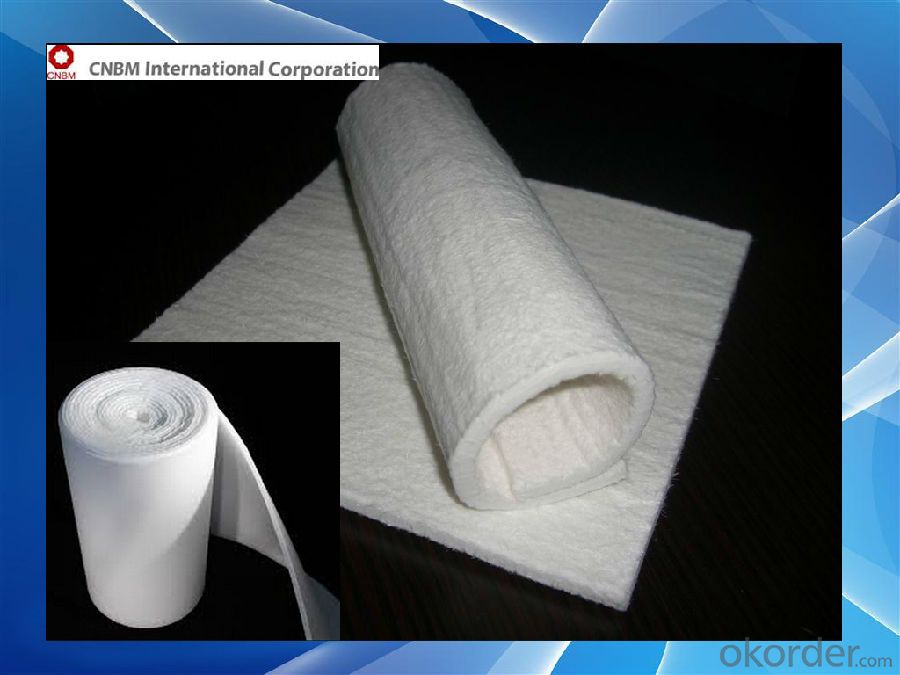

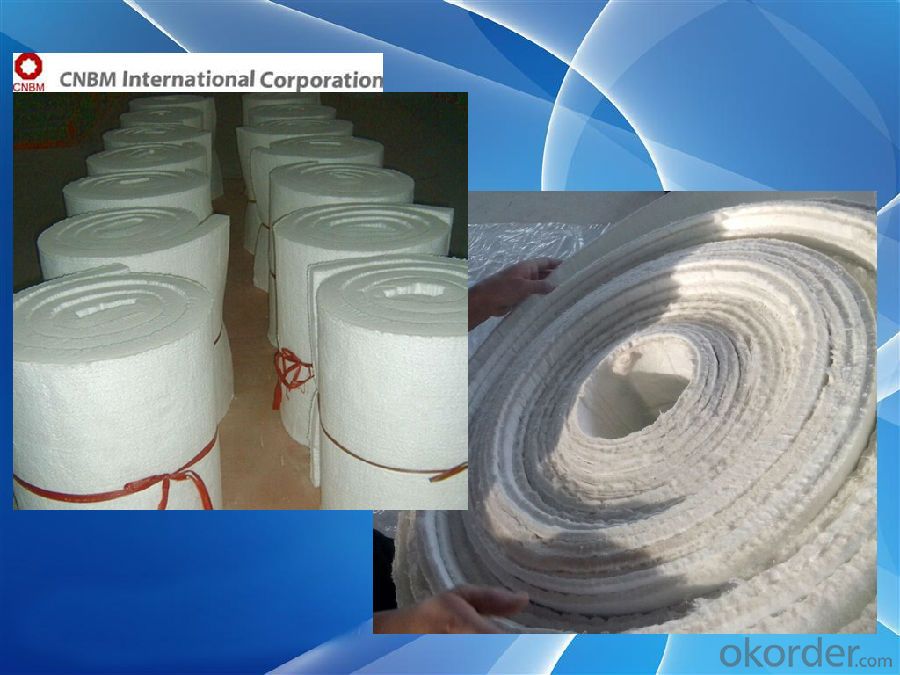
- Q: is glass wool fireproof?
- Glass wool is flame retardant or fireproof.
- Q: How much is the unit weight of thermal insulation glass?wool?boards at least? How much is the unit weight of sound absorption glass panels?
- They are from twenty to less than eighty.
- Q: Are there any differences between glass wool and rock wool in terms of appearance, I can't distinguish them, why?
- They have different colors
- Q: Does anyone know about the general unit weight of glass cotton color steel?plate?
- Glass cotton in the market is generally 16kg / m? to 64kg / m?. I have also heard about glass cotton with high unit weight, but the higher the unit weight is, the higher the production requirements are, and the boards are more fragile. Glass cotton are manufactured to meet the requirement of large-area pave, apart from the unique thermal insulation property, they are good at fireproofing, shock and sound absorption.
- Q: Are foam glass and glass wool the same?
- Different.
- Q: Who can tell me about the unit weight of glass wool board?
- Glass wool has a good sound absorption performance in the high-frequency sound. The main factors affecting the centrifugal glass wool' sound absorption performance are thickness, density and air flow resistance, etc. Density is the weight per cubic meter of materials. 1. with the increase of thickness, the low frequency sound absorption coefficient significantly increases, but there is little change in the high frequency (high frequency absorption is always larger). 2. thickness is the same, the unit weight increases, the low frequency sound absorption coefficient also increases; but when the unit weight increases to a certain extent, the material becomes dense, the flow resistance is greater than the optimum flow resistance, sound absorption coefficient decreases.
- Q: Does glass wool equals to rock wool?
- It has advantages of good sound-absorbing , welding and thermal insulation performance, small bulk density, chemical stability, corrosion resistance, and belongs to glass in terms of chemical composition. It is an man-made inorganic fiber, cotton-like material. Glass wool belongs to glass fiber with low thermal conductivity which is a mineral wool. Rock wool is also known as asbestos. Glass wool fiberizes molten glass.
- Q: What is the difference between glass wool and rock wool?
- In the high-speed operation of the centrifuge driven, the high-speed operation of the centrifuge glass will be thrown into a glass flow, the role of high-temperature high-speed flame, the glass stream is further drawn into fiber,
- Q: What's the heat conductivity coefficient of Kunnai glass wool blanket?
- Between 0.03-0.06, generally the lower the heat conductivity coefficient is, the better the thermal insulation effect is.
- Q: What is the construction technology of glass wool felt aluminium expanded sheet sound-absorbent wall?
- The the following details are about the construction technology and practices: Firstly, materials requirements: The main construction materials include asphalt felt, wood keel, gypsum board, glass wool roll mat, glass fiber cloth and perforated aluminum plate. Secondly, technological process: Dry laying a layer of asphalt felt →install wood keel → install gypsum board → paste glass wool felt → pave and nail a layer of glass fiber cloth.
Send your message to us
Glass Wool Thermal Building Insulation Aerogel Insulation Felt/Blanket
- Loading Port:
- Tianjin
- Payment Terms:
- TT OR LC
- Min Order Qty:
- 10000 m²
- Supply Capability:
- 10000000 m²/month
OKorder Service Pledge
OKorder Financial Service
Similar products
Hot products
Hot Searches
Related keywords
